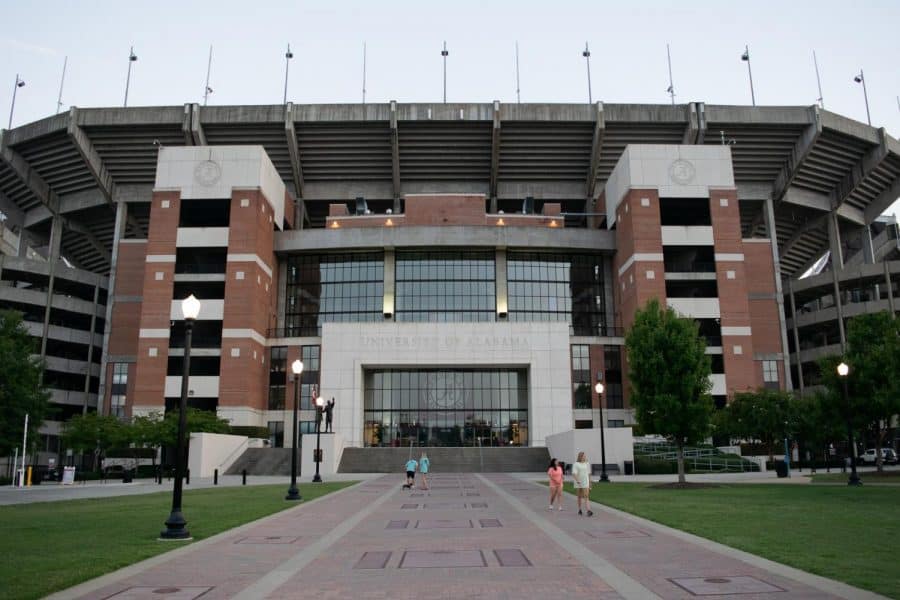New infrastructure improves cell service
September 24, 2018
This past year, Kelsey Yarber could not use her phone to communicate with others on game days. She said she had absolutely no service at all.
With new infrastructure additions from AT&T and Verizon to increase connectivity in Tuscaloosa, Yarber, a junior majoring in nursing, no longer has the same problem.
“I could actually get my text messages to go through, and I was even able to receive some calls, which is very different from previous years,” Yarber said.
AT&T made several changes over the summer, revamping its cell service to provide better connection in Bryant-Denny Stadium on game days.
It recently launched a new Distributed Antenna System (DAS) in the stadium, adding 26 additional zones of capacity, including 10 new transition zones outside the stadium. Additional zones will allow for more people in and around the stadium to have better connection.
“As usage continues to climb, we’ve added more capacity to answer the needs of our wireless customers on campus,” said Catherine Stengel, AT&T public relations spokesperson, in a press release. “From tailgating to touchdowns, we’re staying ahead of the game to help ensure Bama fans stay connected this year at Bryant-Denny Stadium.”
According to the press release, football fans shared each game’s exciting moments on social media last year, totaling over 11.2 TB of mobile data, which is equal to more than 32 million selfies from the stands.
When fans are all trying to post, text, Snapchat or call right next to one another at the same time, it creates backups in the system – in turn, making it more difficult to stay connected.
Though Verizon did not respond to comment, according to Rolltide.com, the company also contributed to the better cell coverage as an enhancement to the University’s football experience.
“AT&T and Verizon customers will now have better coverage inside and outside Bryant-Denny Stadium,” according to the press release. “The entire infrastructure was replaced and will now utilize 5G technology.”
The additions will not only provide total coverage and connectivity on game day, but also on campus regularly, doubling the LTE capacity compared to last season.
“Coming from Texas, where AT&T has very strong connections at all times, I was shocked at my connection and service on campus,” said Jack Sloan, a sophomore majoring in accounting. “I only ever had 4G. Now, everywhere I go I have LTE. It’s amazing.”
The new DAS will lessen the likelihood of cellular backups by boosting network capacity and coverage, which reduces the pressure on wireless networks.
AT&T also deployed Centralized Radio Access Nodes (CRAN) across campus. The CRANs are located on the light poles around campus, bringing the range of a cell site closer to the mobile user. This addition will increase connectivity on campus.
“CRAN is the latest step we’re taking to deploy LTE 5G evolution services in areas where the demand for wireless data services and connectivity is needed most,” Stengel said in the press release.
Sloan and Yarber both said last year’s connection and service were very spotty on campus, both needing to take extra steps to ensure service.
“Nothing would ever load in a timely fashion, or ever at all sometimes,” Sloan said. “I even had to keep my Wi-Fi calling on because service was difficult to keep.”





















